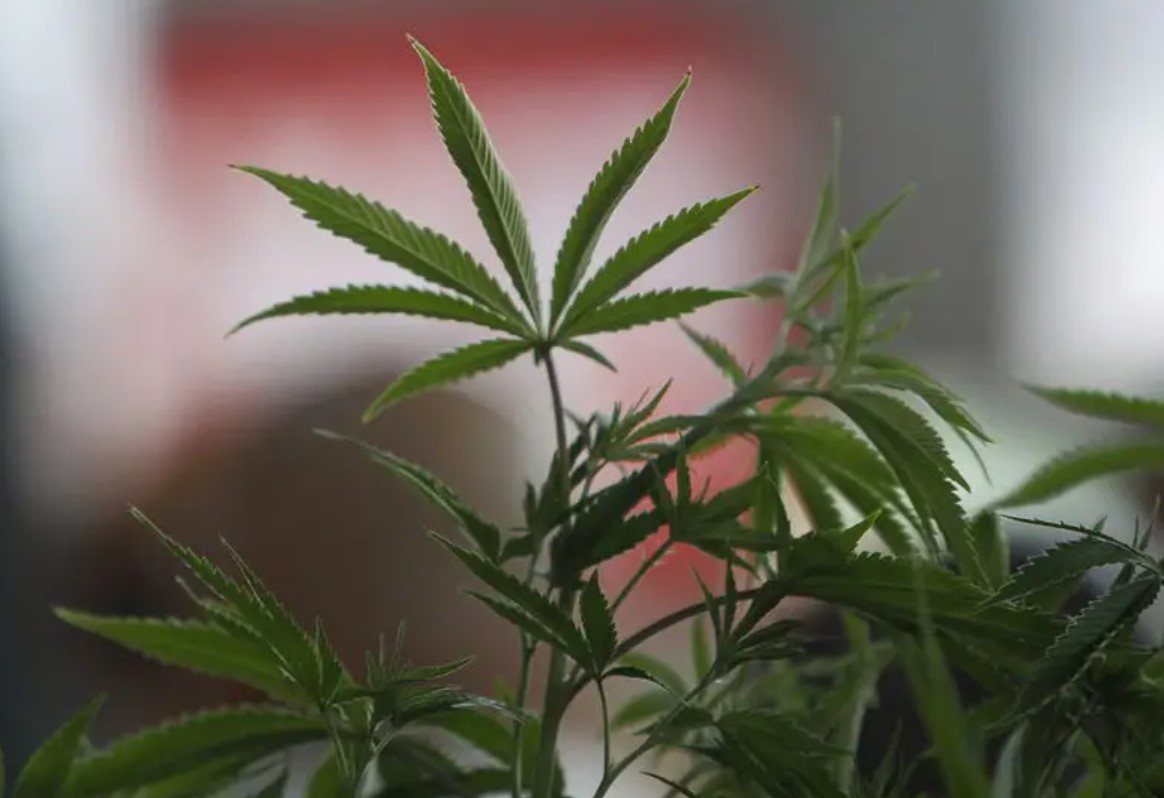According to several recent studies, marijuana today is actually stronger than it was in the 1970s. Because marijuana is a tough thing to quantify, estimates on just how much stronger it is vary. Its position as a Schedule I narcotic and its wide range of potency depending on where it’s cultivated and how it’s consumed make assessing its strength over time challenging. Try our cactus jack cookies cart and banana pound cake strain.
According to Dan Laffy, clinical director of alcohol and drug addiction at Valleroy Recovery Center in Newport Beach, California, THC levels have increased dramatically over the last 30 years. In an interview at the conference, he said THC quantities have risen by a factor of three in the last 30 years. He has even tested strains with levels as high as 30%.
THC content in cannabis extracts has been steadily increasing at several other institutions. THC concentration increased from approximately 5% in 1990 to 10% in 2005, and levels as high as 40% have been discovered in hash oil, according to a study published in the journal Neuropsychopharmacology. The researchers believe this increase is due to the rise of indoor hydroponic growing techniques, which have allowed for higher THC concentrations.

According to LaFrate, CBD levels — the component responsible for marijuana’s therapeutic effects – haven’t evolved over time. He’s observed no increase in CBD percentages and has subjected samples with CBD concentrations so low that his machines can’t detect it.
Cannabis Cultivation Focuses on High THC Bud
More marijuana producers have chosen to cultivate cannabis indoors in the last decade. If you grow marijuana outdoors, you can always relocate them indoors, restricting where they’re harvested and optimizing their environment for better bud and resin quality. Growing techniques have evolved, resulting in stronger marijuana.
Cannabis cultivators have employed clever cultivation techniques to enhance their yield. Trimming fan leaves and removing lower plant shoots (lollipopping) lowers energy diverted to the bottom of the marijuana plant, where smaller buds can be found, allowing more energy to go into the top of the plant, where bigger buds reside. Growers have also figured out how to time their harvests in order to achieve the greatest THC potency possible. These cultivation methods are quite effective at increasing cannabis potency.
Over the years, cannabis growers have focused on cultivating sinsemilla, a female cannabis strain with a high THC content and no seeds to prevent cross-pollination. Breeders have also developed feminized seeds that cause male pollinating plants instead of females. In addition, growers have chosen strains with the highest THC amounts for hybrids, resulting in increasingly higher THC levels.
Overcoming the Challenges of Cannabis Prohibition
Even when some states have legalized cannabis for medical purposes, federal cannabis laws are not in line. Due to its federal ban, certain breeders have sought higher marijuana concentration strains in order to conceal the drug from authorities. Growers don’t have to harvest large quantities of cannabis if individuals can use a lesser amount of cannabis to get high.
Cannabis users who use higher potencies are less likely to consume as much cannabis, which means there is less of it to sell and transport, cultivate and harvest. If you go back in time, you’ll find that when alcohol became more popular, the government did everything in its power to prohibit it. As a result, high marijuana potency in smaller amounts made it simpler to conceal from curious eyes.
What Made Weed This Strong?
The cannabis industry’s shift of focus to the production of sinsemilla is one of the reasons why marijuana is getting stronger. Female plants that have not been fertilized contain the most THC in their sinsemilla, which are known as the tops. Trimmings and big leaves with lower quantities of THC are removed by harvesters.
Strains with high amounts of cannabinoids have also played a role in the increase in potency. Growers like strains with high levels of cannabis. Today’s strongest strains are hybrid crosses between other well-known strains, unlike the landrace varieties that dominated throughout the ’60s to ’80s. We’ve come a long way since smoking dreck with low THC contents.
Now that THC levels are high enough, attention has shifted to terpenes and other cannabinoids. According to the entourage effect, when THC interacts with additional cannabinoids and terpenes, new medical advantages emerge. As a result, a well-balanced flower may have higher potency than one with only a high-THC concentration. So now, rather than simply focusing on THC content, potency is also measured by a complete spectrum of terpenes and cannabinoids.
